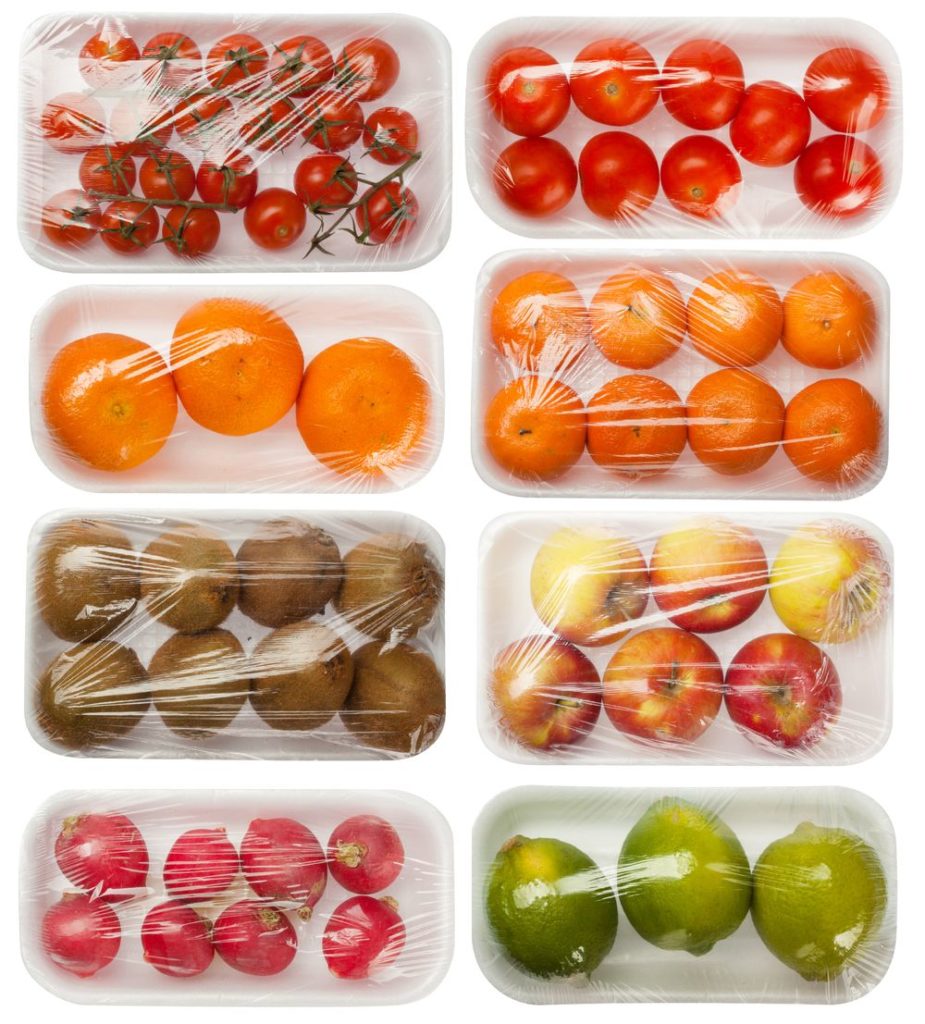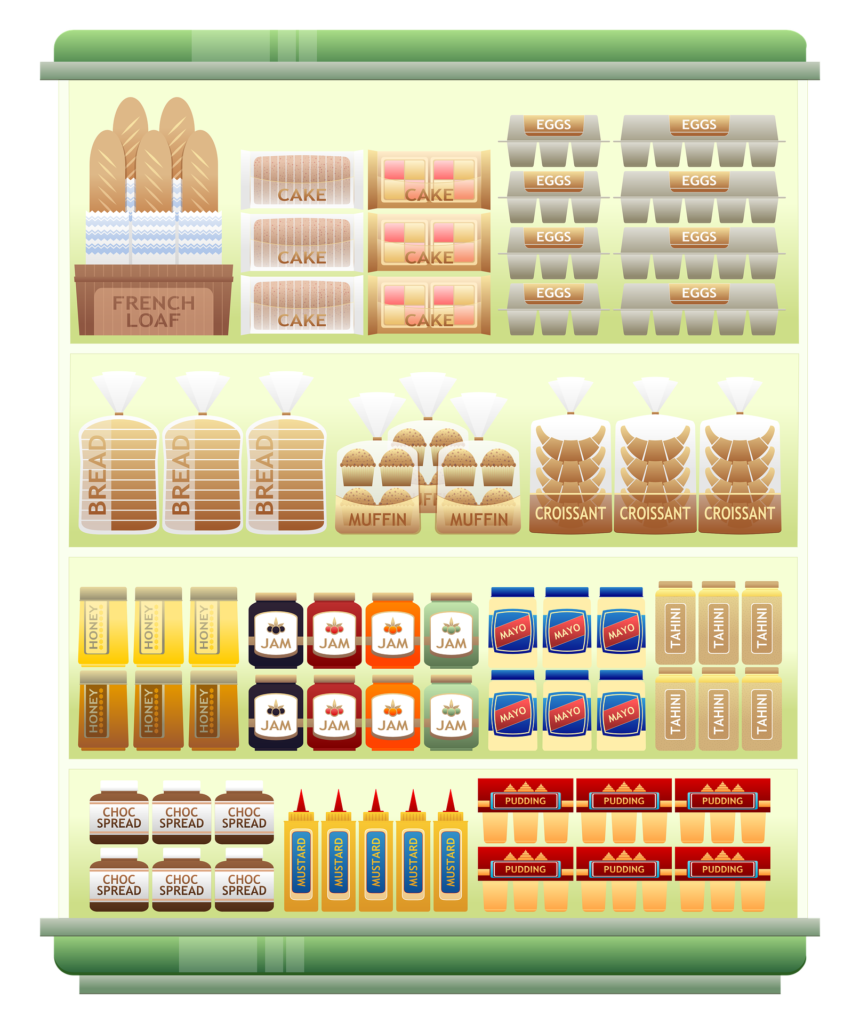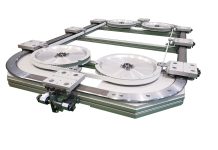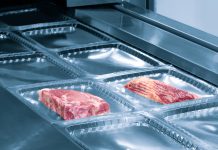
The polylactic acid (PLA) is an ecological bioplastic that can be used to obtain “green” materials for food packaging. PLA is a thermoplastic polymer with a glass transition temperature of about 60°C. In addition, it has good gas barrier properties, it is non-toxic, biodegradable, biocompatible, and it is approved by the Food and Drug Administration (FDA).
The hydrolytic degradation of PLA initially results in lactic acid, which may be decomposed completely in carbon dioxide, water and biomass or, alternatively, it can be purified and used again to produce PLA, thus helping to reduce greenhouse gas emissions. Compared to other plastics derived from petroleum such as polyethylene terephthalate (PET), PLA requires a very small amount of energy to be produced and releases a very low amount of carbon dioxide during its production.
Therefore, PLA is considered an eco-friendly alternative to PET. However, its very high cost, its fragility and its low elongation at break (less than 10%) have so far limited its application to special cases with a high added value. Fortunately many of the properties of PLA, such as its flexibility, can be modulated using carefully selected plasticizers. For PLA several different plasticisers have been used already, but it should be pointed out that for food packaging only non-toxic plasticizers can be used, which are specifically approved for this kind of applications.
The choice of a plasticizer for PLA films is usually based on the plasticizer’s compatibility and biodegradability, as well as on the amount of plasticizer necessary for plasticization and on the desired functional properties of the films. The purpose of a study developed in Romania by R. No. Darie-Nita et al., (2016) was to compare the effect of different non-toxic plasticizers on PLA properties. In this study 5 different types of non-toxic biocompatible plasticizers were used:
- Epoxidized soybean oil (USE) obtained from the soybean seeds;
- L-lactide, an ester derived from lactic acid;
- S7 oligomer , obtained from the condensation of 7 units of lactic acid;
- Polyethylene glycol with a molecular weight of 2000 (PEG2);
- Polyethylene glycol with a molecular weight of 4000 (PEG4).
The plasticizers have been obtained by melting the compounds and mixing them at 175 °C for 10 with a full automatic Brabender mixer. This has led to the formation of homogeneous materials. All plasticizers were added to 15%, except the S7 oligomer, which was added to 7%. The properties of the homogeneous PLA/plasticizer mixture are described below:
* Processability: Thanks to its semi-crystalline structure, PLA shows high viscosity of the melt, which makes it difficult to process. In general, all plasticisers used have improved the processability of PLA, and this result can be explained by a good miscibility of the components;
* Thermal properties: The glass transition temperature decreased from of 60.7°C in pure PLA to 57.4°C in PLA/USE, which improves its processability;
* Mechanical Properties: These properties are so important for the use in food packaging that they are often considered as an indicator of the change caused by the plasticization. As for the flexibility and elongation at break of the blends studied, the maximum value was obtained for the PLA/USE: Adding to pure PLA 15 % in weight of epoxidized soybean oil plasticizer has increased the elongation at break by 99%, a much higher value than that of the other mixtures, if it is considered that the addition of PEG4 did increase the elongation at break only 2 times. The other plasticizers used (L-lactide, oligomer S7, PEG of various molecular weights) have led to materials with an elongation at break and a flexibility close to that of pure PLA. Therefore, the presence of USE in PLA greatly improves the mobility of PLA chains, causing an increase in the flexibility and extensibility. It should be said, however, that the significant improvement of the elongation at break for PLA/USE has been obtained at the expense of the tensile strength. This result can be observed at all times when plasticizers are added to polymers, because the plasticizers penetrate between the polymer chains and decrease the forces responsible for the cohesion of the polymer in its entirety;
* Oxygen permeability: A decrease of this property makes the system more suitable for food packaging. The samples PLA/S7 and PLA/PEG4 have shown the lowest permeability, which has been measured in terms of the oxygen transmission speed (OTR);
* Contact angle of water: The addition of plasticizers in PLA has influenced the wettability of final materials. This aspect is very important also to improve the biocompatibility of PLA, because the increase in wettability favors the action of microorganisms. For example, pure PLA has a highly hydrophobic surface, but in general the presence of plasticizers contributes to increase its hydrophilicity;
* Transparency: According to a visual inspection, the films of 0.5 mm thickness, consisting of PLA with the addition of all plasticizers, have maintained the same good transparency of pure PLA. This is an important requirement for food packaging applications.
 In summary, this study has clearly demonstrated that the incorporation of all plasticisers taken into consideration (oligomer S7, L-lactide, PEG and epoxidized soybean oil) has improved the processability of the PLA melt, increasing at the same time its hydrophilicity. The change of these properties can be explained with the interaction between the individual components of the mixtures. In particular:
In summary, this study has clearly demonstrated that the incorporation of all plasticisers taken into consideration (oligomer S7, L-lactide, PEG and epoxidized soybean oil) has improved the processability of the PLA melt, increasing at the same time its hydrophilicity. The change of these properties can be explained with the interaction between the individual components of the mixtures. In particular:
* The epoxidized soybean oil (USE) has significantly increased the elongation at break, reduced the glass transition temperature and increased mobility of PLA chains;
* PLA/USE and PLA/S7 mixtures have led to an improved thermal stability;
The PLA plasticized with PEG2 and PEG4 is more hydrophilic and less permeable to oxygen, even if this effect in general has been observed for PLA with all additives used.
In conclusion, the study of the influence of five biocompatible non-toxic plasticizers on some properties of plasticized PLA has shown that flexible PLA/USE films and PLA/PEG films can be obtained with optical and barrier properties suitable for food packaging applications.
References
N. Darie-Nita et al., Journal of Applied Polymer Science 133, 2016, 43223



